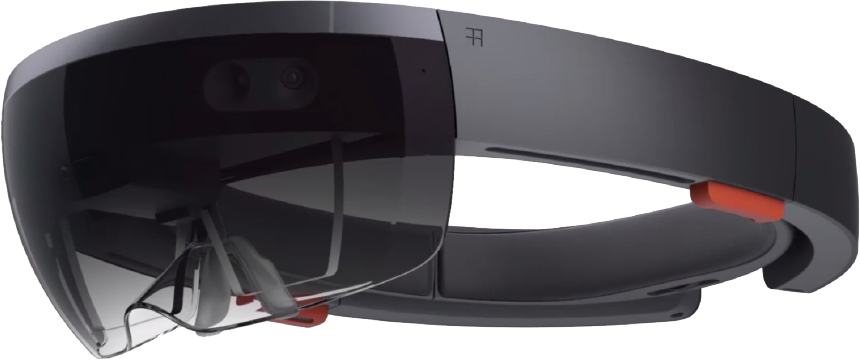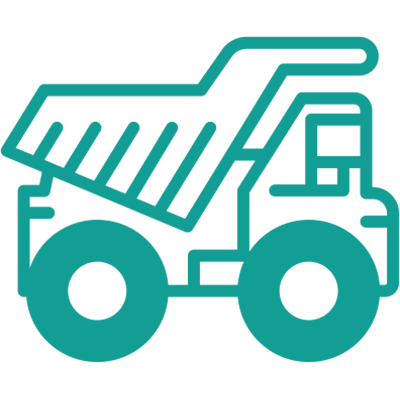MR Apps for the Travel & Tourism Industry
3D Walkabout is an Australian based MR studio that designs amazing MR apps for Travel & Tourism Industry to improve their travel procedures, training and service.

Mixed Reality (MR) for Travel & Tourism Indusrty
By leveraging headsets like the Hololens 2, travelers can experience virtual tours and immersive destinations before making their travel plans. MR can create interactive and engaging experiences, allowing users to explore landmarks, historical sites, and natural wonders through virtual portals. Additionally, MR can enhance wayfinding at airports, train stations, and tourist attractions, providing real-time information and directions. The integration of MR in-flight experiences can offer entertainment and educational content, further engaging travelers during their journey. By combining the virtual and physical worlds, MR enables the tourism industry to offer unique and personalised experiences, captivating travelers and opening up new possibilities for destination marketing and customer engagement.
What are the benefits of MR for the travel & tourism industry?
Visitors can interact with virtual objects in real-time
Allow travellers to explore new destinations before booking their trip
Explore new environments in a more interactive way e.g. exploring a cruise
Makes planning holidays more accessible
Allowing travellers to customise their experience based on their interests or needs
Improved engagement with customers using metaverse travel
Increased brand awareness and loyalty for a company
More immersive experiences for the customer e.g. MR sightseeing and attractions
Showcasing destinations and local attractions, which can be used in marketing campaigns and sales pitches.
Gives travellers a sense of ownership over the experience
How MR is currently being used by travel professionals & companies
Mixed reality (MR) is a technology that allows the user to view and interact with the real world while digital images are overlaid on top. With MR, users can see and interact with virtual objects in the same physical space as the real world.
Travel and MR tourism professionals have been using MR for years now to create more engaging experiences for their customers. For example, at an art museum, visitors can use their phones to view information about the paintings or sculptures they are viewing. Additionally, museums could design MR mixed tours of their exhibits that visitors can take with them on their phones or laptops when they leave the museum as a marketing development.
There is also potential for travel companies such as airlines or cruise lines to use MR technology in advertising campaigns such as billboards or commercials to help promote businesses. People can engage with ads through their phones or computers instead of just watching them passively on television screens and planning their holidays. Hotels can also provide virtual tours of their rooms and facilities through MR apps, allowing potential customers to see the hotel from any angle before booking it online or visiting in person.

Brainstorm your ideas on 1300 00 3392
The industries we work in
MR Travel & Tourism Projects
No Results Found
The page you requested could not be found. Try refining your search, or use the navigation above to locate the post.
MR Travel & Tourism Articles
MR Travel & Tourism Videos
Frequently Asked Questions
What are the benefits of using MR in travel planning and booking?
MR can assist travelers in planning their trips by offering virtual travel agents or interactive travel guides. It allows users to virtually try out accommodations, visualize transportation options, and make informed decisions when booking their travel arrangements.
How does MR contribute to remote and virtual travel experiences?
MR enables travelers to virtually explore remote or inaccessible locations through immersive virtual tours. It provides a sense of presence and realism, allowing individuals to experience different cultures, historical sites, and natural wonders from the comfort of their homes.
Can MR assist in language translation and communication during travel?
Yes, MR can facilitate real-time language translation, allowing tourists to communicate more easily with locals. It can overlay translated text or provide audio translations, enhancing cross-cultural interactions and reducing language barriers.
How can MR enhance the travel experience for tourists?
MR allows tourists to virtually visit destinations before their trips, providing a preview of attractions, hotels, and landmarks. It also enables interactive experiences, such as virtual museum tours or guided city explorations, enhancing engagement and knowledge.
What is MR (Mixed Reality) and how is it used in the travel and tourism industry?
MR combines virtual and augmented reality to create immersive experiences. In travel and tourism, MR is used to provide virtual tours, enhance destination exploration, offer interactive travel guides, and enable remote experiences.



































